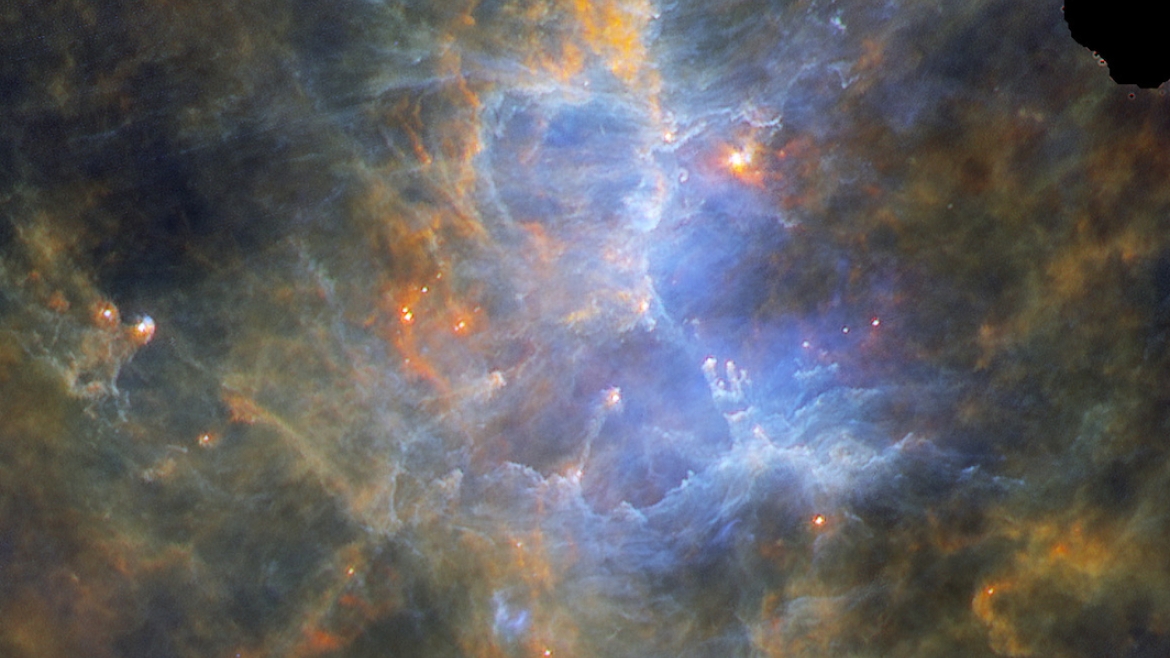Uniquely sensitive camera, with optics and electronics designed and built at ASU, will probe into giant clouds of interstellar dust
How do stars form deep inside clouds of molecular gas? What's the history of star formation throughout cosmic time? When did the first stars form? And how did they produce the materials necessary for life on Earth?
A group of astronomers at Arizona State University is seeking answers to such questions as part of an international experiment that has been awarded more than $6 million in funding from the National Science Foundation to help build a uniquely sensitive camera, called TolTEC, to probe these mysteries.
"Half the light from stars in the universe is absorbed by clouds of interstellar dust and then re-radiated at long wavelengths invisible to the human eye," said Philip Mauskopf, of Arizona State University's School of Earth and Space Exploration (SESE). "Astronomical observations at these wavelengths can let us see into the cores of stellar nurseries where new stars are forming."
Mauskopf, a professor in SESE, is the leader of the ASU team that will design and construct the optics for the new camera. The team will also develop the electronics for producing images from the instrument's superconducting detectors.
Big eye
The new camera will be attached to a giant telescope in Mexico. On top of the 15,000-foot Sierra Negra in the state of Puebla sits the Large Millimeter Telescope (pictured above), with a 50-meter (164-foot) diameter main mirror.
It is the largest telescope in the world designed to operate at a wavelength of 1 millimeter, ideal for making detailed study of the dusty universe. The construction of this telescope, with contributions from the University of Massachusetts, has been the biggest scientific project in the history of Mexico.
Over the next three years, an international consortium, led by UMass, will build the golf-cart-size TolTEC cryogenic camera for the Large Millimeter Telescope. It will survey the universe, imaging radiation from dust at millimeter-wavelengths across large areas of sky.
The astronomers expect these images will reveal millions of previously unknown galaxies that are invisible to standard optical telescopes due to their large dust content.
Hunting dusty galaxies
"Over the last decade, smaller cameras and telescopes have discovered thousands of these galaxies," Mauskopf said. "This new project will allow a complete census of dusty galaxies in the universe and enable us to truly begin to understand their properties."

